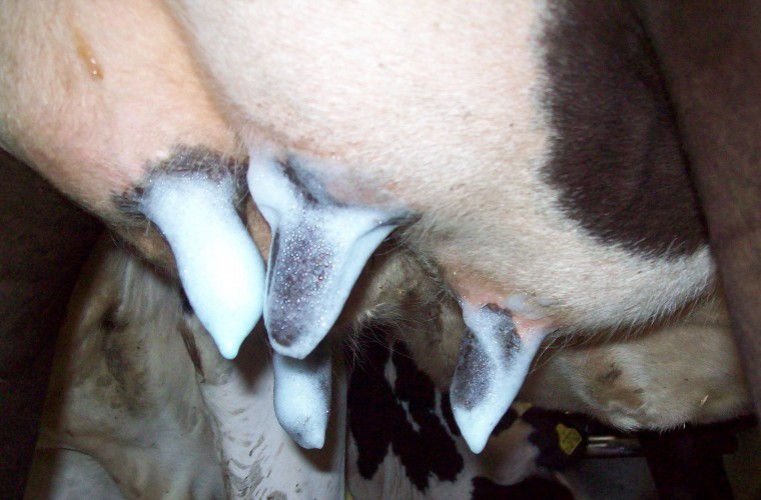While out at grass, cows are at greater risk of environmental challenge and skin damage, so hygiene products need a wider specification to ensure effective cleaning and protection is achieved.
“However, this should be reviewed at housing, as the scale of challenges on the cow change,” explains Rob Kelly, global marketing director Diversey, the manufacturers of the Deosan range of hygiene products. “While the need to control hygiene is still absolutely paramount, the approach needs to adapt, and specifically, a clearer focus on Strep.uberis and E.coli should be considered. Both are environmental bugs that can cause significant issues with housed animals, particularly if tightly stocked.
“The requirements of your products need to move from wide spectrum bacteria control to products that centre around soil removal and rapid disinfection. High emollient content is less of a pre-requisite during housing for cows in milk, as weather and skin protection is less of an issue.
“Make sure you are using products that are proven and fit for purpose. Look out for proof of efficacy, using EN test approvals, which set a European standard for all hygiene products. EN 1656 tests against bacteria and 1657 against Yeasts. The product should kill 99.999% of notified bacteria –get familiar with the quality of the product being used.
“Critically, though, soiling will prevent disinfectants from working – so be wary of anything just claiming rapid kill – you need to be confident the product has been designed to remove the soiling first. Products such as Deosan Teatfoam Advance or Activate Pre Post are formulated specifically to ensure soil is removed – whilst foaming can be the best way to apply for this purpose they are also designed to work as a dip or spray.
“A change in product should not complicate your routine, although some cleaning protocols may need to be tweaked to ensure correct use of the individual product. I strongly advise farmers to discuss product use with their supplier to ensure the best results.”
Farmers should be assured that summer stock levels can be used before transition to winter products. “The change over date is not critical,” adds Rob, “Summer products will still control the threat of disease and infection, but be aware that you maybe using, and paying for, ingredients that are no longer needed, and therefore costs may be higher until a full changeover has been implemented.”




